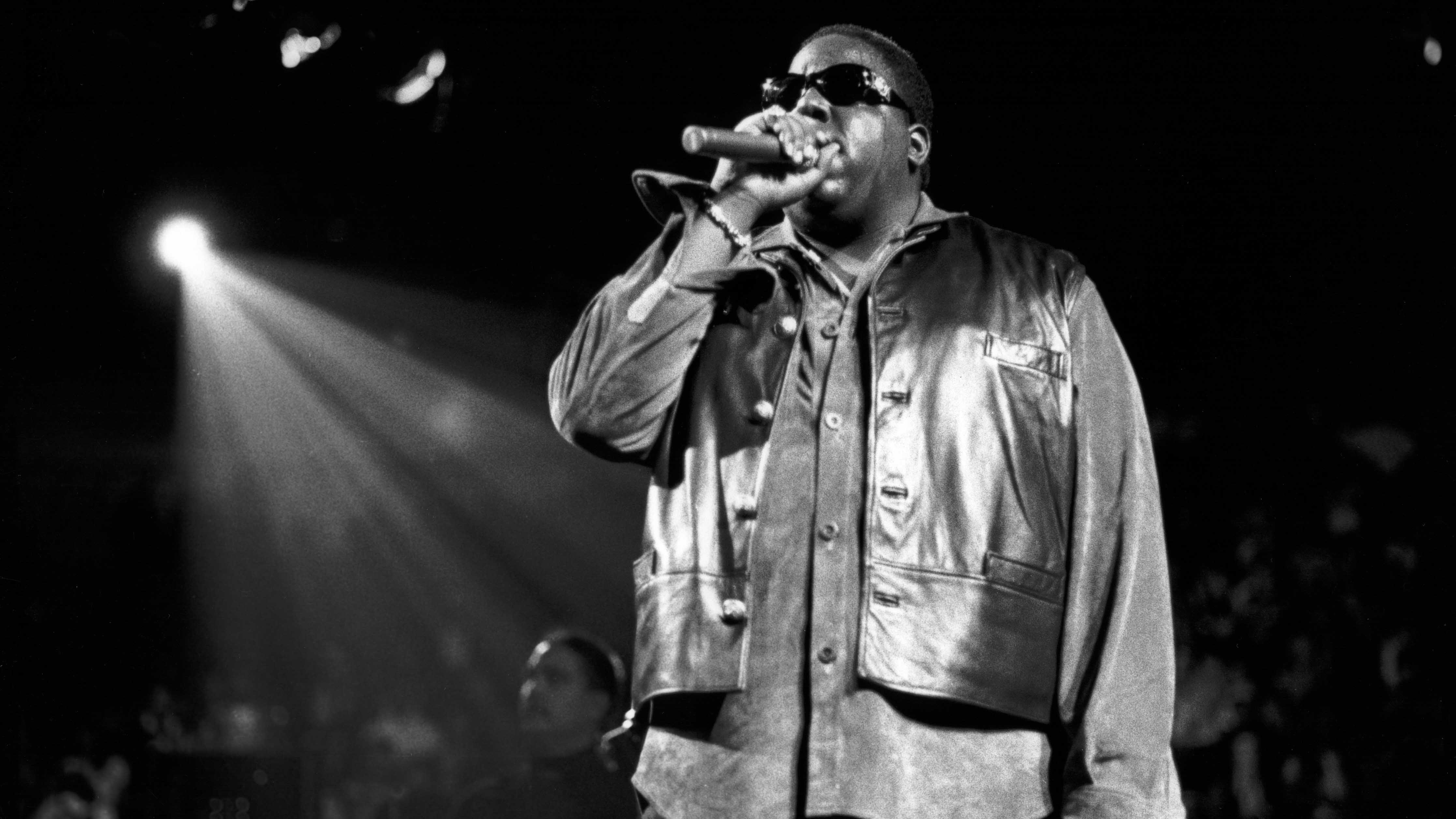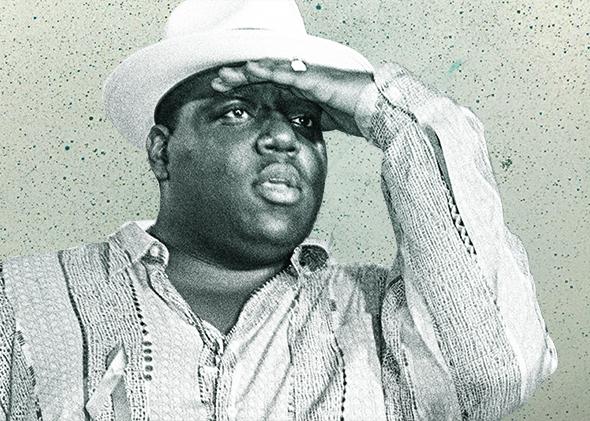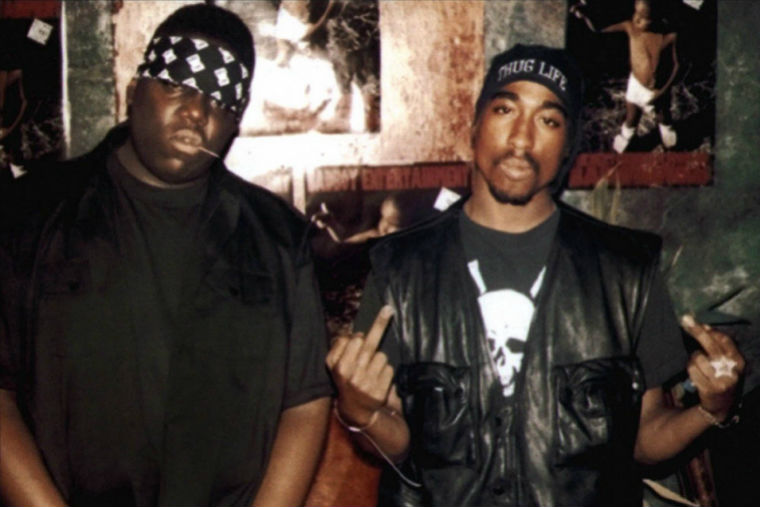

The label, launched by Bob Lipitch (a/k/a Pro Celebrity Golf) has released sought-out archival works by Prince Paul’s Horror City, and Keith Murray’s demo (produced by J.V.C. Lecter) and Meyhem Lauren has built its following through limited edition vinyl pressings-largely of shelved releases and demo tapes. However, the imprint that helped introduce the world to Action Bronson (via Dr. Chopped Herring Records is not a household name. However, that family-themed moment ( which is now confirmed to feature Lil’ Kim as well) is not the only unheard Notorious B.I.G. While both of those works were commercial blockbusters, B.I.G.’s archives were minuscule compared to that of J Dilla, Tupac Shakur, Mac Dre, or Pimp C.Īpproaching 20 years since his death, former wife Faith Evans had begun promoting a duets album with Biggie of her own. In 2005, Bad Boy seemingly closed the book on Biggie Smalls albums with the straightforward Duets: The Final Chapter LP. After the massive success of his sophomore LP, in 1999, Bad Boy would follow with Born Again-an album of remixed, unreleased tracks, and re-purposed lesser-known verses. To that point, in less than three years, Big had released his acclaimed 1994 debut Ready To Die, and a 1995 group album by Junior M.A.F.I.A. Later that month (March 25), Bad Boy Records would release Life After Death, a diamond-certified double-album containing 24 tracks from the Brooklyn, New York MC. (a/k/a Christopher Wallace) was murdered on March 9, 1997, he did not leave much music behind, relatively speaking. With this new life comes a new feeling, which brings us to his sophomore album Life After Death, an album that was best described by Anthony DeCurtis of Rolling Stone magazine as “a conscious continuation of Ready to Die.When The Notorious B.I.G. Three years later, as B.I.G.’s income increased from the huge success of Ready to Die, those negative feelings started to decease, creating a new life for him. It’s the reason why his delivery on a majority of “Ready to Die” sounds very aggressive: because it was fueled by rage and frustration from growing up struggling every day with poverty.

When Biggie introduced himself to the world on September 13th, 1994, he was a black-Timbs-and-black-hoody-wearing kid from Brooklyn who was filled with so much anger and depression that was caused by his poverty-stricken community.

By receiving widespread critical acclaim, it helped his final studio album go diamond, but the production, Biggie’s skills as an MC, and his creativity showed how much he grew as an artist from his debut Ready to Die, another hip hop classic. “Life After Death” did many things for The Notorious B.I.G.


 0 kommentar(er)
0 kommentar(er)
